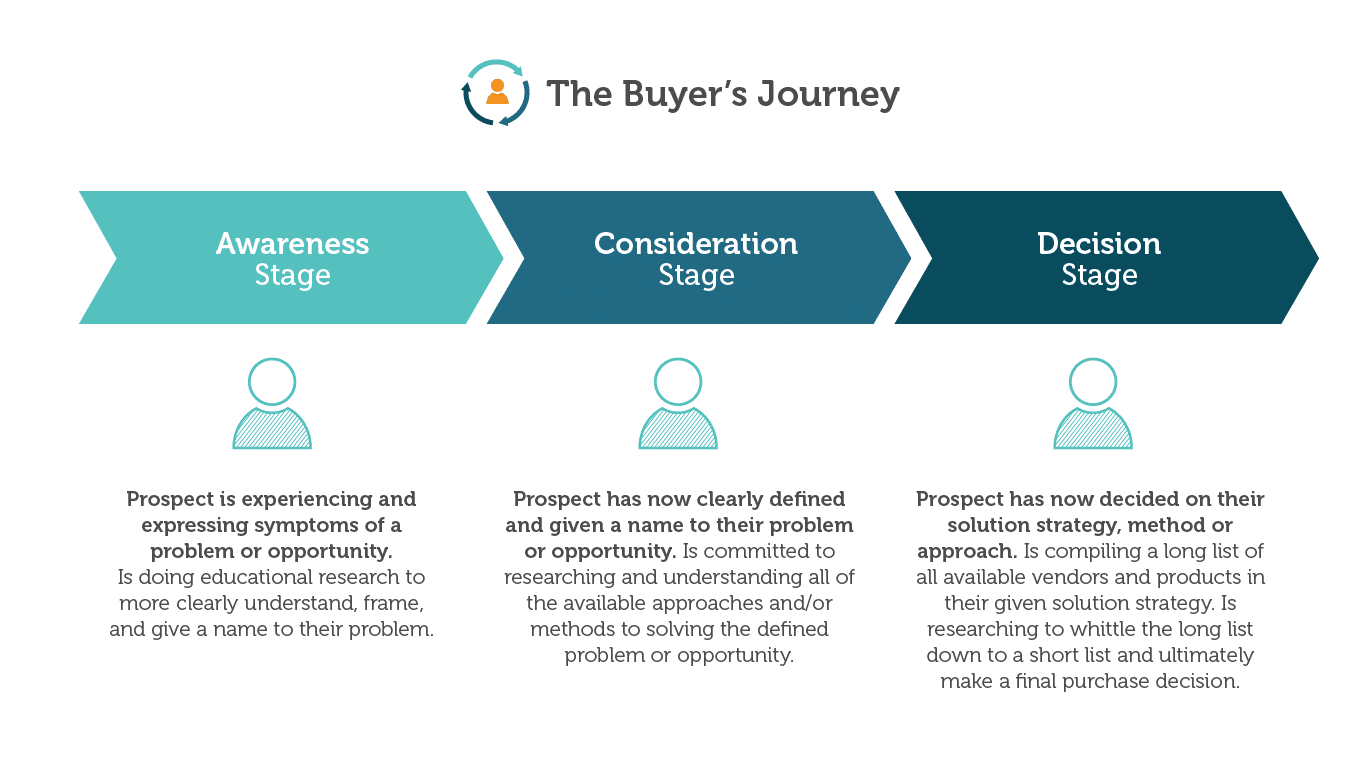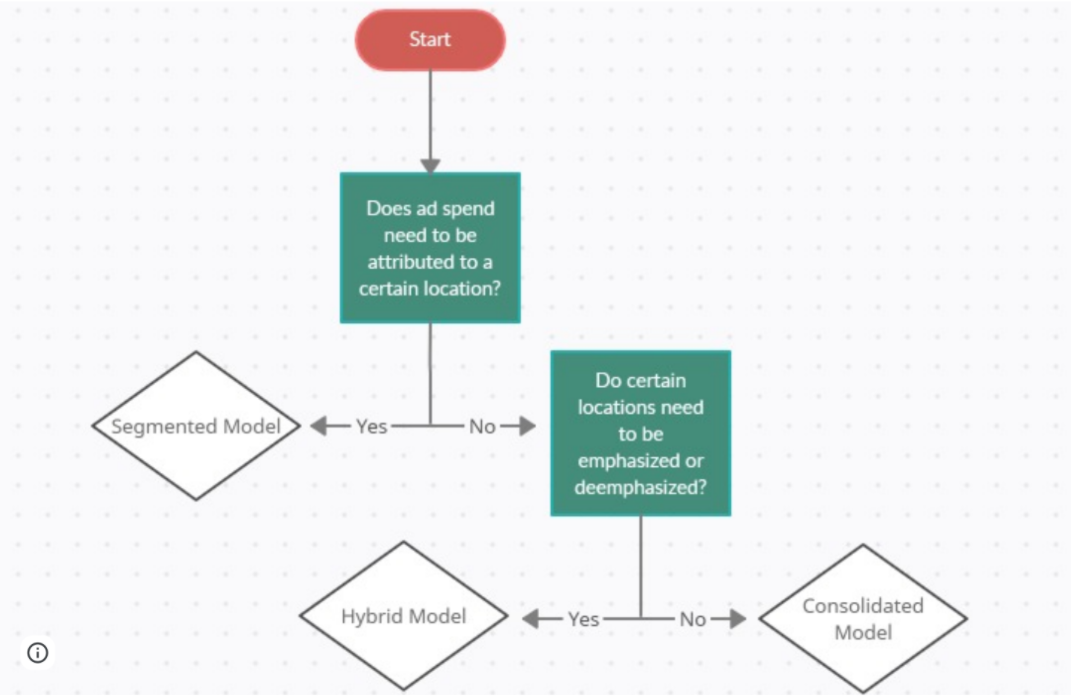Get lean and get mean might sound like advice you’d get from a fitness coach, but it’s pretty good advice for healthcare marketers, too. Healthcare organizations face unprecedented pressure to reduce patient acquisition costs while growing patient volume.
Most healthcare marketers focus on reducing their cost per lead (CPL). However, we find that reduced costs are a byproduct of having the right business goals in the first place—of improving quality across the board. Often people get too hung up on efficiency and forget the ultimate goal of advertising: getting more customers.
Yet, increasing patient acquisitions while reducing cost per acquisition (CPA) is a fine line to walk. Digital advertising can be a cost-effective method of acquiring new patients, but you need to do it right. If your Google Ads campaigns aren’t properly structured and foundational best practices aren’t used, costs can balloon and lead quality can plummet.
In that scenario, you’re not likely to achieve any of your goals, because your lead quality is probably in the tank.
How to Build the Right Foundation for Effective PPC
To help you avoid that outcome, here is a five-pronged foundation for improving conversion performance and lead quality while increasing the return on investment (ROI) for your PPC program. These are the very same strategies we frequently recommend for our healthcare client portfolio.
1. Choose the Right Account Structure
2. Focus on the Quality of the Conversion
3. Optimize Your Bidding Strategy
4. Build a Funnel-Based Paid Media Strategy
5. Nail Your Attribution Profile
Why Our Five-Part PPC Strategy Works for Healthcare
1. Choose the Right Account Structure
Over the years, campaign segmentation strategies have changed. What we have now is a spectrum comprising three main approaches that differ based on the level of control you need:
Segmented
The primary advantage of a purely segmented approach is maximum control.
Many multi-location healthcare organizations, for example, have business constraints that their ad account structures must account for. They need to set a specific monthly ad budget for each location. Perhaps de novo locations receive one budget while existing practices another. Or practice locations in new regions may need a different budget until they meet specific patient quotas.
However, hypersegmentation is no longer the best approach to achieve maximum efficiency and effectiveness. Hypersegmented account structures restrict algorithmic learning and place additional emphasis on technical account management, leaving less room for improvements in messaging, quality improvements, tracking, and the post-click experience.
Today, campaign segmentation should only be used to control budgets or other business objectives—it’s not very effective at driving improved performance. Here’s what Nicholas Van Winkle, our Director of Paid Media, had to say about segmentation during a recent episode of our Ignite Digital Marketing podcast:
“There are theoretical or hypothetical cases for pure segmentation. I can find them, but they’re becoming less frequent. Even the pure case for segmentation is becoming truly rare, given what’s possible with smart bidding right now […] Pure segmentation [at] this far end of the spectrum is becoming less and less frequent in the industry. I don’t expect that to change.”
Lastly, in a segmented model, keywords are grouped into tight ad group themes to create a granular ad group structure that ensures high ad relevance. Having minimal segmentation allows for more impressions at the ad group level, which will reduce the time to reach statistical significance for those ads so you can evaluate performance.

Consolidated
If you don’t have any business restraints that would require a segmented structure, a consolidated model makes the most sense and can help you achieve maximum efficiency.
Campaigns are not segmented by any other dimension other than brand or non-brand. This gives greater control of budget and impression share on branded terms. In cases where we know brand terms perform at or below compared to non-brand performance, no segmentation is required and brand and non-brand ad groups can live within the same campaign as the algorithm will allocate budget accordingly based on performance.
Ad groups are structured in a way to maximize the number of impressions per ad group in order to create larger ad groups and allow machine learning-based solutions like responsive search ads to learn faster and deliver better performance. We push service granularity to the ad group level. Match type segmentation is no longer necessary as Google has updated its algorithm to ensure exact campaigns always win at auction.
While a consolidated account structure isn’t a requirement for Smart Bidding, it really allows it to shine. With more data points, machine learning can identify conversion optimizations in real-time and deliver your ads to the people most likely to convert.
By relying on machine learning, campaign-level consolidations can help drive more leads at a lower CPA. In fact, Think With Google conducted research that showed an 11 percent increase in reach efficiency after brands consolidated their campaigns.
All of this with a lot less manual effort. Of course, you do cede some control to Google in terms of where the ad spend goes.
“As you move along that scale, it also translates to your probability of smart bidding working the best for you. The more consolidated you are, the higher chances of smart bidding working for you, versus a highly segmented structure. It doesn’t mean it can’t work, but it’s just not going to work as many times as it would, if it was consolidated.” –Alex Kemp, Director of PPC for Cardinal Digital Marketing
Hybrid
I’ll remind you that campaign structure is a spectrum. In cases where you may want to emphasize or deemphasize locations, it can make sense to adopt a hybrid solution.
A hybrid structure consists of two “tiers.” Tier 1 is a campaign or set of campaigns (brand and non-brand) that targets the majority of locations. Tier 2 is a campaign or set of campaigns that targets a set of priority locations where they receive a disproportionate amount of spend. Tier 1 is focused on performance as it allows for the most amount of conversion data at the campaign level. Tier 2 is focused on control as it allows you to pull levers at the local level.

There’s one more thing to keep in mind in re: campaign structure, something the team touched on in Podcast Ep. 40 – The Marriage Between AI and Digital Advertising: things go better when AI and humans work together. Says Nicholas Van Winkle, Director of Paid Media:
“ You have to build the thing in a way that accords to the bidding technology. There are right ways to do that and wrong ways to do that. If you do it wrong you essentially hobble the algorithm. When you do it correctly, which is to say you give the algorithm as much information as possible to find the patterns that you want it to find, then you set it up for success.”
2. Focus on the Quality of the Conversion
After account structure, you need to focus on the quality of conversions you’re bringing into that system. The quality of the leads that we’re optimizing for is critical for an effective PPC strategy. What you can do at a high level is integrate a conversion goal or conversion type you want to achieve and then optimize for those conversion types.
Think about the surface-level data that you’re likely using as your primary conversion type: phone calls and website form-fills. A common mistake is to tell the algorithm that all the forms and calls are of the same quality. That’s simply not true in healthcare; lead quality varies considerably. If you don’t tell the algorithm which type of conversion is most valuable to your business, it won’t be able to learn and find more of them.
In fact, this might be the very reason that your PPC strategy isn’t landing you new patients or more appointments. Instead, the way to improve lead quality is to tell the algorithm what happened to those forms and calls. Hello, Google: here are the forms and calls that actually turned into real patients. Google, these are the kinds of form-fills and calls that I want.
Tips for Improving Conversion Quality
First and foremost, consider implementing a closed-loop reporting model. Closed-loop reporting provides data and insights across the entire patient journey, from first touch to patient acquisition. This model will tell you which PPC strategies did and did not influence actual patient volume and revenue.

Here are a few other things to keep in mind:
- Feed offline CRM data back into the system beyond just counted calls, but real patients in the system
- Don’t just bring more quality information into the system but optimize against it
- Use an effectiveness-based approach to optimization
- Remember you don’t always need to integrate that lower-funnel offline data if you’re good at telling the algorithm the type of conversions you want to find
Finally, know that higher quality leads are usually more expensive. Though it might seem counterintuitive, the higher the quality of lead that you actually eventually integrate back into the system, the more you will pay. In that regard, an uptick in cost per acquisition (CPA) might actually tell you that your lead quality is improving.
3. Optimize Your Bidding Strategy
Our philosophy is to launch most campaigns using enhanced cost per click (CPC). This gives us more control out of the gate while also giving Google some flexibility to adjust starting bids. After a solid foundation of converting keywords has been created, you can then begin testing Smart Bidding strategies.

One example is value-based vs. non-value-based bidding strategies. Often, different conversion types for clients will have varying conversion rates from lead to acquisition (e.g. 50% of forms convert to patients while only 25% of calls convert to patients).
In these cases, value-based bid strategies (Maximize Conversion Value or Target ROAS) are used to get the algorithm to chase more conversion types that convert to acquisition at a higher rate while also balancing the budget with lower converting conversion types.
If there is no data to suggest that calls and forms convert to acquisition at different rates, then campaigns should use non-value-based bidding strategies (Maximize Conversions vs Target CPA).
Smart Bidding
Ad platforms, namely Google Ads and Facebook for Business, continue to enhance their ad bidding options with these smart bidding technologies—technologies that, in many ways, bid more accurately and efficiently than humans can.
As we’ve discovered in our client work, smart bidding is particularly useful for larger healthcare organizations with mature Google Ads and a big monthly ad budget. Indeed, smart bidding is only effective when used with large budgets; it needs the data that comes from a lot of ad spend.
Also, it won’t work if there’s a large corporate budget but it’s limited at each location. Smart bidding works best when an organization is trying to reach a collective target like a specific CPA across all locations or for organizations focused on growing total patient volumes.
Types of Smart Bidding Strategies
There are four main smart bidding strategies:
- Target Cost Per Acquisition (TCPA): What’s the cap on what you’re willing to pay for a conversion? With TCPA, you can set quite granular TCPA based on the quality of the lead that will result (by location, for example, or device).
- Target Return on Ad Spend (TROAS): Across large medical organizations, revenue can be quite different for all the various products and services. This is where the ability to control TROAS comes in handy.
- Maximize Conversions: It’s not uncommon for healthcare marketers to use max conversions to drive a high volume of web leads (appointments) for a particularly high-revenue service (plastic surgery comes to mind). With smart bidding, you can maximize conversions at a particular budget cap.
- Enhanced cost per click (CPC): Enhanced CPC is a great way to drive a whole lot of qualified traffic to your website. This is useful if you know, for instance, that a certain percentage of clicks from a target demographic will lead to a high-value conversion.
Again, smart bidding is not a set-it-and-forget-it kind of thing. Instead, it can be used to automate certain aspects of bid management that tend to drain time and resources. These resources can, in turn, be used for making seasonal adjustments or for revising advertising creative.
4. Build a Funnel-Based Paid Media Strategy
In a funnel-based PPC strategy, your goal is to align your ads and campaigns with keyword intent along the funnel.
Lower Funnel “Product Aware” Leads
At the lower part of the funnel, healthcare leads tend to be product or provider-aware. They’ve gone through the problem aware (upper funnel) and solution aware (middle funnel) stages. They may be familiar with your brand if they’ve found content or seen ads during the upper funnel journey. Now, they need to find a provider and book an appointment.
In terms of PPC strategy for this stage of the funnel, the best approach is to tell the algorithm to serve up ads for all of these high-intent, product-aware keywords so the system can calibrate to which keywords are driving conversions.
Mid-Funnel “Solution Aware” Leads
Within the healthcare space, we find a lot of high-intent leads living in the middle to lower part of the marketing funnel. These healthcare consumers are already looking for a solution—they may not be sure what type of treatment they need, but they know they need something. They’re ripe for nurturing and education. Target keywords that help them better understand treatment options.
Upper Funnel “Problem Aware” Leads
On the other hand, some people aren’t ready to become patients. They need to poke around, do research, and discover solutions they might not have considered. Let’s call these higher-funnel, lower-intent leads (and keywords). This person knows they have a problem. They’re doing research about a topic, they’re asking questions, but they’re not really looking for solutions just yet. They might be searching for particular symptoms, for example, rather than starting with a solution.

5. Nail Your Attribution Profile
The last pillar of our effective PPC strategy is your attribution profile. This is what you use to enforce your funnel and move people to the content they need to see. As we said before, far too many marketers are focused on efficiency and not effectiveness. They rely on last-click attribution models that only account for the number of forms and calls.
Instead, the focus of your attribution profiles should be bringing more data into the system to train the algorithm on what a high-quality lead looks like. Let’s say a person searched a problem query, clicked through the website (maybe they read a blog post), and converted. If you have a last-click attribution model, the keyword that drove that conversion is going to get 100% of the credit for that conversion. In reality, however, that lead might have come through from a problem-aware keyword, and we’re not crediting that stage of the funnel correctly.
You could potentially allocate your budget in the wrong areas if you do that.
That’s where we see a full-funnel strategy plus non-last click attribution model excel. It allows you to live in all stages of the funnel and properly fund each stage based on each specific user. Examples of non-last-click attribution models include data-driven attribution and position-based attribution.
How a Leading Psychiatry Group Increased Their Patient Volume by 3x
Georgia Behavioral Health Professionals is a comprehensive mental health care facility with a private practice setting. With psychiatrists, addiction medicine doctors, psychologists, interventional psychiatrists, nurse practitioners, physician assistants, and master’s level therapists to treat a wide range of behavioral health disorders, Georgia Behavioral Health Professionals provides all of their patients’ behavioral health needs under one roof.
As a newly acquired entity of LifeStance Health, Georgia Behavioral Health teamed up with their parent company to grow the Georgia business larger than it had ever been before. They were specifically interested in getting much more out of paid advertising.
[Read the Georgia Behavioral Health Professionals Case Study]
Why Our Five-Part PPC Strategy Works for Healthcare
We interact with many healthcare organizations interested in building foundational PPC strategies. They want to know how to use Google Ads in more cost-effective and efficient ways. They want to reduce cost per lead, improve PPC lead quality, and generally bring in more “aligned” patients.
What we tell them is that it all starts with building the right foundation, leveraging data and AI, and focusing on the end goal. Again, that foundation comprises five core parts:
- Account structure
- Conversion quality
- Bidding strategy
- A funnel-based approach
- The right attribution model
Particularly in the healthcare space, advertisers need to move from an efficiency-based structure to an effectiveness-based structure. Make peace with the reality that higher-quality leads are more expensive because those are the leads that actually become patients. And even though the cost per lead might increase using our five-part strategy, the cost per new patient will actually go down.
Finally, perhaps the best part of this PPC strategy is that it inherently lets all of us do what we do best. For marketers, that means setting algorithms up for success, improving UX, and creating messaging concepts. We, of course, need marketers to tie pre-click and post-click experiences together and determine strategy.
We need machine learning to help us optimize bidding, segmentation, and audience expansions. And we need it to help us test message combinations to find what works best.
The five-part foundational PPC strategy we’ve laid out achieves both. It’s a true win-win, leading to better performance and a real impact on the bottom line.

